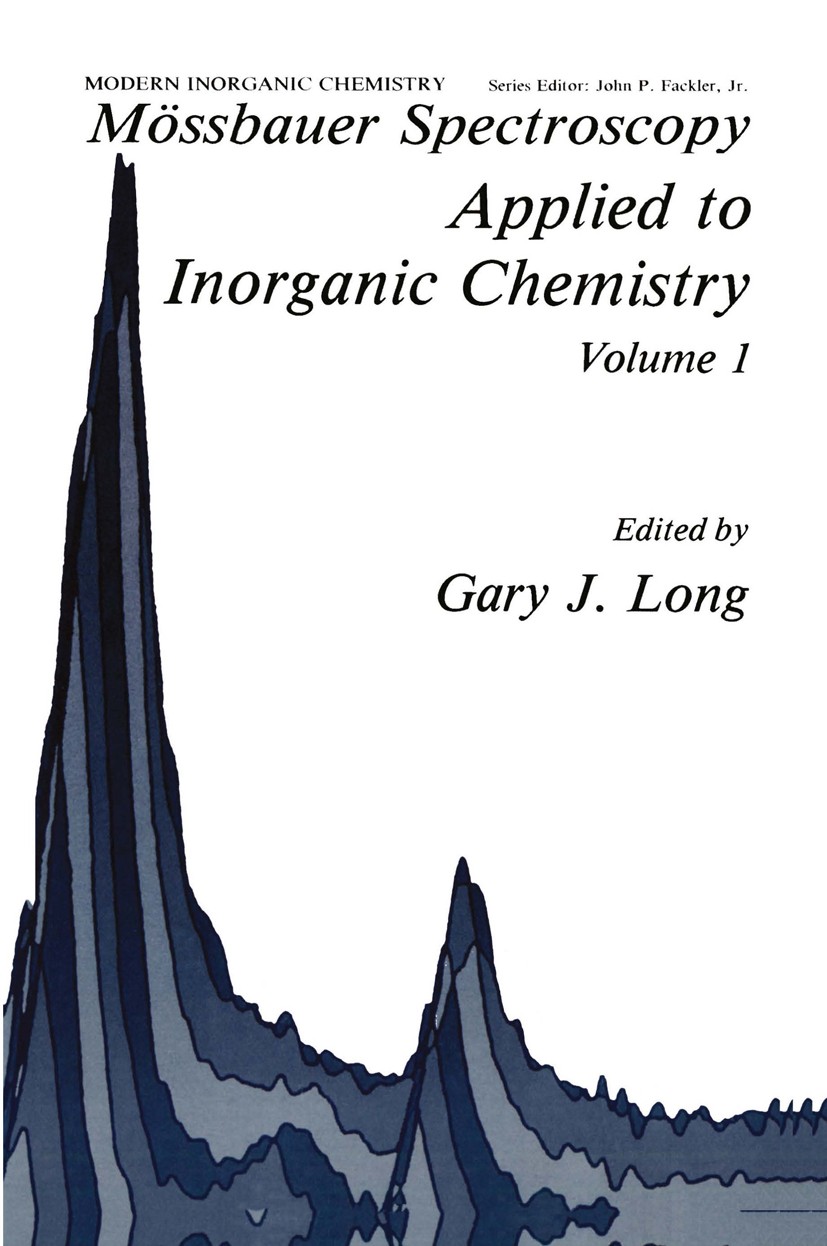| 书目名称 | Mössbauer Spectroscopy Applied to Inorganic Chemistry | | 编辑 | Gary J. Long | | 视频video | http://file.papertrans.cn/643/642396/642396.mp4 | | 丛书名称 | Modern Inorganic Chemistry | | 图书封面 |  | | 描述 | When presented with a new compound or material, the inorganic chemist will usually have several questions in mind about its composition and structure. Although a simple elemental analysis may answer many questions about its composition, the chemist will still have questions about its structure, and, ifthe material contains a metal atom, he will often want to know its oxidation state, coordination number and geometry. Further, at an increasingly frequent rate, the chemist may need details of the spin state, magnetic and perhaps dynamic properties of the material. If the investigator is fortunate, the material or compound may contain an ele ment such as iron, tin, antimony, iodine, gold, or one of several of the rare earth metals which are amenable to study by the Mossbauer effect. Often the Mossbauer effect can, sometimes with quite simple experiments, provide the answers to all of these questions. The goal of this book is to illustrate the effectiveness of the Mossbauer effect in providing the answers to the many questions that arise in char acterizing new materials and, indeed, in studying known materials in more detail. Several chapters introduce the effect to the novice and p | | 出版日期 | Book 1984 | | 关键词 | Coordination Chemistry; ceramic; gold; inorganic chemistry; iron; metals; mineral; rare earth metal; spectro | | 版次 | 1 | | doi | https://doi.org/10.1007/978-1-4899-0462-1 | | isbn_softcover | 978-1-4899-0464-5 | | isbn_ebook | 978-1-4899-0462-1Series ISSN 0891-4540 Series E-ISSN 2945-5057 | | issn_series | 0891-4540 | | copyright | Springer Science+Business Media New York 1984 |
The information of publication is updating

|
|
 |Archiver|手机版|小黑屋|
派博传思国际
( 京公网安备110108008328)
GMT+8, 2025-12-27 06:30
|Archiver|手机版|小黑屋|
派博传思国际
( 京公网安备110108008328)
GMT+8, 2025-12-27 06:30


